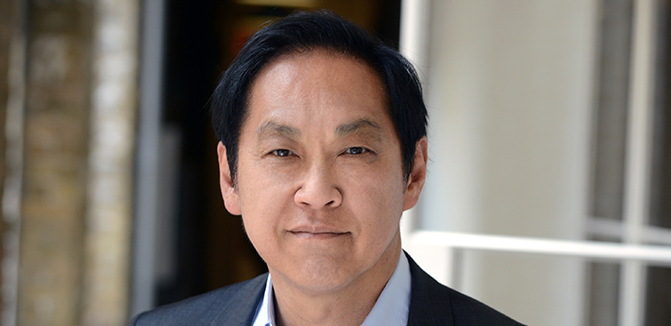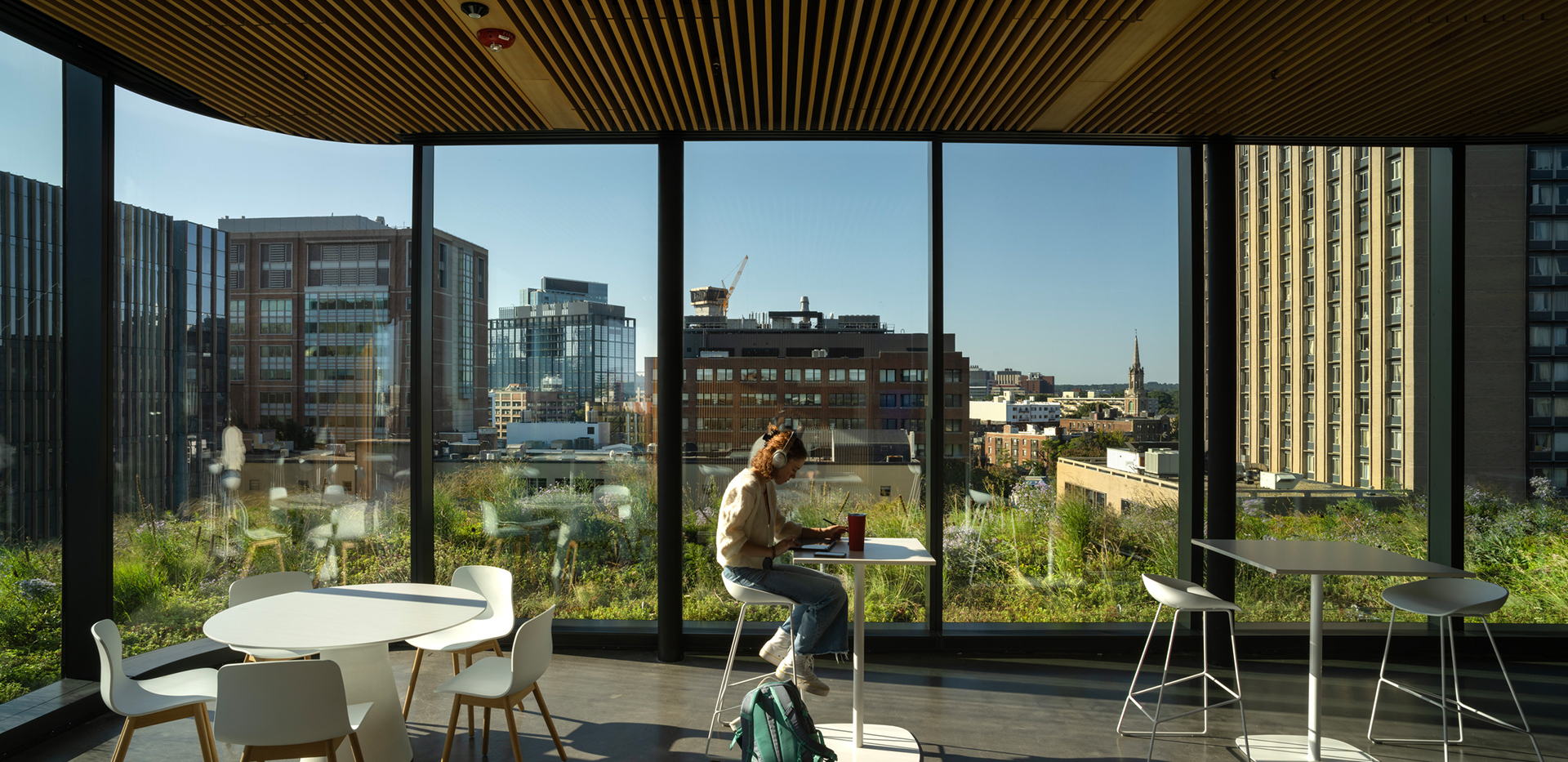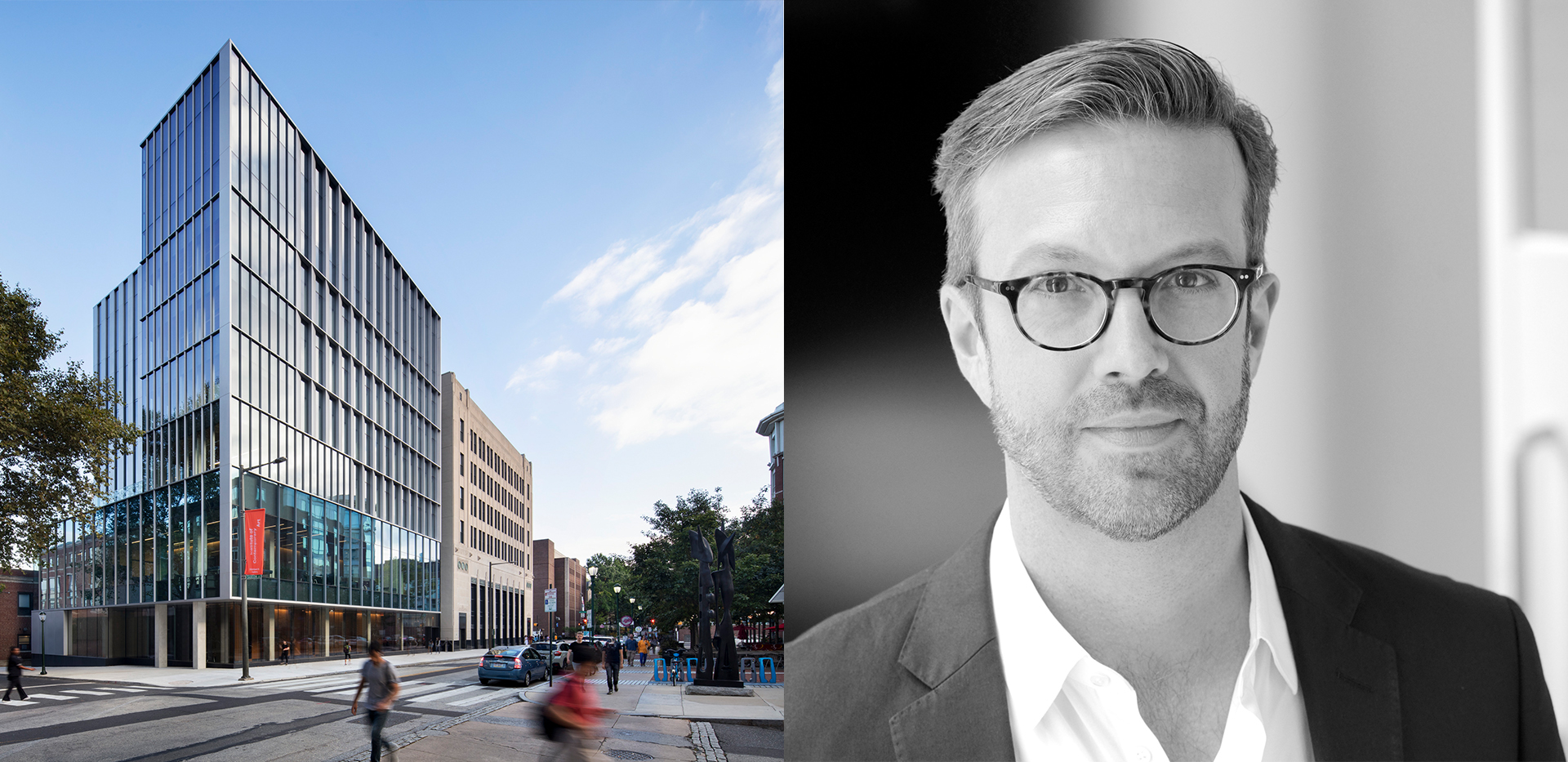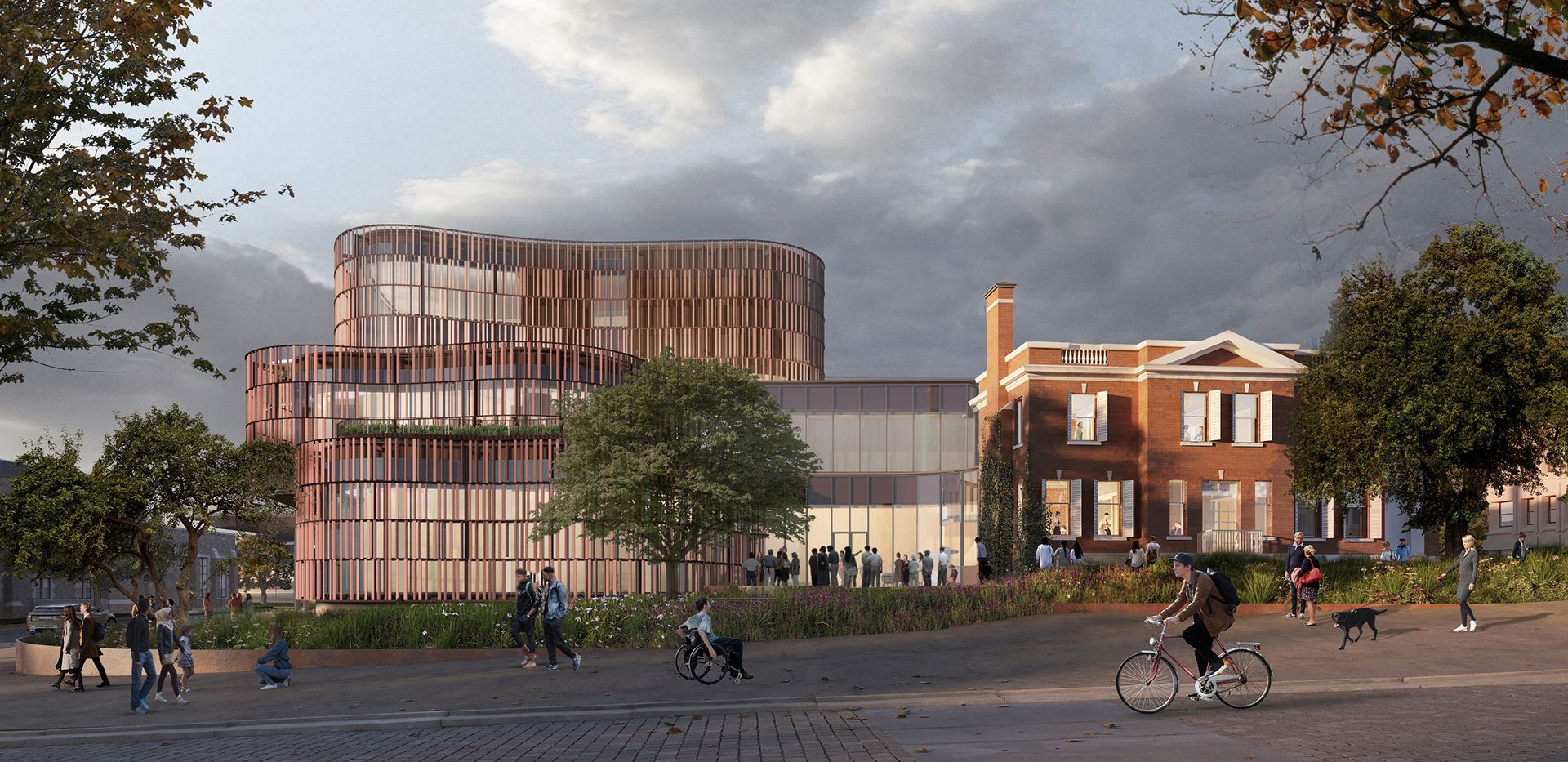Why Remai Modern is getting international attention, Architect Bruce Kuwabara talks to CBC News

Article content
by Ashleigh Mattern
Remai Modern is gaining international attention — not only for the art within it, but for the design of the building itself.
Architecture and design magazine Azure named it one of the top 10 best new buildings in the world, and the New York times named Saskatoon one of its 52 places to visit in 2018, thanks to the new art gallery.
The architect of the Remai Modern, Bruce Kuwabara with KPMB Architects, spoke to CBC about his vision for the striking building, which he sees as the “facade of downtown.”
Function over form
Kuwabara said he took inspiration from the prairie landscape, including the humble prairie grain elevator, which is about form following function.
“In this case, the function is really about the galleries and movement to those galleries and between those galleries,” Kuwabara said. “We wanted to give Remai Modern a kind of platform that offered them a lot of flexibility in the future in relationship to changing ways in which art is being made.”
The column-free spaces allow Remai Modern to reorganize and change the way the gallery space is divided.
“With Field [Guide] the gallery has really exploited the flexibility of the building…. The Field [Guide] exhibition demonstrates, in my mind, how architecture can support the curatorial project, and it shows all the best attributes of how that space can be used on every level.”
The first priority in the design was to protect the gallery’s collection, which already has tremendous value and will grow in value over time.
Kuwabara said there is rigorous control of temperature and humidity, and none of the galleries get direct daylight. All of the galleries are essentially buildings within the building.
Reflecting the landscape
The context of the location is never forgotten. Whenever you leave a gallery, you always come out toward the river.
During the designing phase, Kuwabara and his partner went to the other side of the river to examine the site, and took into account all of the natural features and infrastructure that’s already there: The natural bend of the river, the layered design of the park and the existing structure of the Persephone Theatre.
“We read this landscape as a series of horizontal lines or strata or datum lines, which our building actually picks up on. It’s really four horizontal strata up into the air, and it gets lighter as you get to the top.”
The building faces south, which means it gets a lot of sunlight in one of the sunniest cities in the country. That is also a problem, because so much sun could heat up the building.
The copper-coloured facade with its wavy eyelets is a shading system, protecting the building from direct southern light while still creating a space that is open.
“The colour relates or refers to the Bessborough [Hotel], which is a landmark building on the river, but I think even in the ice and cold and grey skies, the building has a presence.”
A social gathering place
At the top of the building, glass surrounds the top floor, sometimes disappearing into the sky.
“It’s almost like you’re connected to the horizon,” Kuwabara said. “We wanted the building to vary its identity within a changing landscape and weather conditions.”
Like the Mendel before it, Remai Modern was also designed to be a social gathering place. Kuwabara said he wanted to “transfer the spirit of the Mendel in a new form.”
It may not have a conservatory, but the new gallery does have a main floor open to all, a cozy fireplace to sit by during Saskatoon’s long winters and a restaurant.
Kuwabara says the international buzz the building is creating is great for the city — but, for him, it’s more important that visitors experience the art.
“It’s a statement about the art. I think when you think about the gallery experience… you’ll see that it’s the relationship between the visitor and the art itself and the ways in which the building enhances that experience, by giving you moments when you can break away from the intensity and intimacy that art experience requires.”
)
)
)